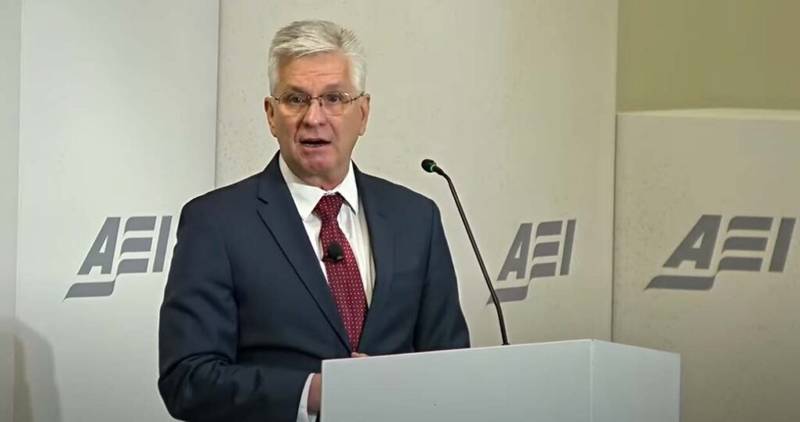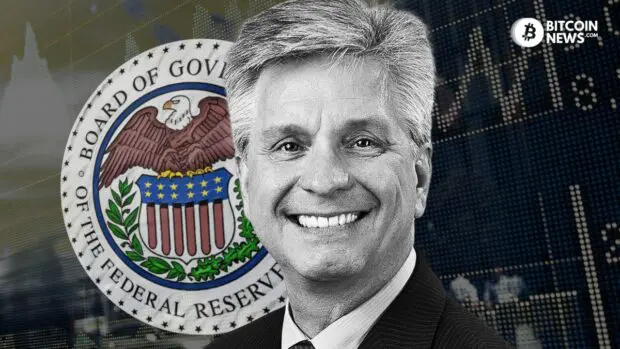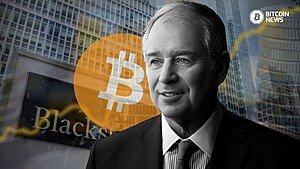Recent statements and speeches from the Federal Reserve could have significantly influenced Bitcoin’s trajectory and overall market sentiment. Federal Reserve Governor Christopher Waller’s remarks, in particular, have triggered changes in investor behavior, causing fluctuations in Bitcoin prices and affecting broader financial markets.
PCE Report, Inflation Data, and the Fed’s Response
The Federal Reserve closely watches various economic indicators to guide its policy decisions. Recently, the announcement of Personal Consumption Expenditures (PCE) data, a key inflation indicator, revealed a slight decrease compared to expectations. This PCE report suggests a potential easing of inflation, sparking speculations about the Fed’s stance on interest rates.

Following the release of inflation data, Bitcoin initially rose above $38,000 but struggled to maintain this level, dropping back to $37,700. This reaction highlights the sensitivity of Bitcoin to inflation metrics and Fed-related news.
Rate Cut Speculations and Bitcoin’s Surge
Speculation about a potential rate cut by the Federal Reserve due to declining inflation led to a resurgence in Bitcoin prices. Lower interest rates often boost investor interest in riskier assets, benefiting Bitcoin as the new digital money. Federal Reserve Governor Christopher Waller’s speech further fueled these expectations, with his optimistic outlook on the economy and indication of a possible pause in rate hikes causing Bitcoin’s value to surge by more than 4%.
Related reading: Michael Saylor Says Bitcoin is a Shield Against Inflation
Waller’s shift from advocating rate hikes to a more dovish stance aligned with a broader sentiment suggesting the Fed might extend the pause in rate increases into the next year.
Federal Reserve’s Impact on Market Sentiment
Waller’s comments not only affected Bitcoin but also resonated in traditional financial markets. His expressed confidence in the current policy direction signaled a strategy to manage economic growth and inflation, positively influencing market sentiment. This contributed to a rally not only in Bitcoin but also in certain sectors of the stock market, particularly in digital-asset-related stocks.
Related reading: Why ‘Inflation Is Transitory’ Can’t Be True
Bitcoin’s Journey Amidst Federal Reserve Actions
Bitcoin’s rollercoaster journey, reaching an 18-month high of $38,422 before fluctuations, underscores its volatility amidst broader economic indicators and Federal Reserve actions. The anticipation of regulatory approvals, such as the possibility of the US Securities and Exchange Commission (SEC) endorsing a Bitcoin Exchange-Traded Fund (ETF), has also significantly influenced Bitcoin’s price movements.
Related reading: FED probes Stablecoin issuer Tether in 86-Page Denial Order
The Connection Between the Fed and Bitcoin Markets
The convergence of the Federal Reserve’s monetary policies, inflation data, regulatory developments, and market sentiment highlights the intricate relationship between traditional financial systems and the growing Bitcoin space. As Bitcoin navigates through various macroeconomic factors, the Federal Reserve’s statements and actions remain a key driver in shaping the Bitcoin landscape and influencing investor behavior.
Related reading: Scaramucci: Blend of Bitcoin ETF And Wall Street Could be Explosive
The evolving narrative surrounding potential rate cuts and the Federal Reserve’s management of economic growth and inflation will likely continue to sway both traditional and digital asset markets in the foreseeable future.
Related reading:










